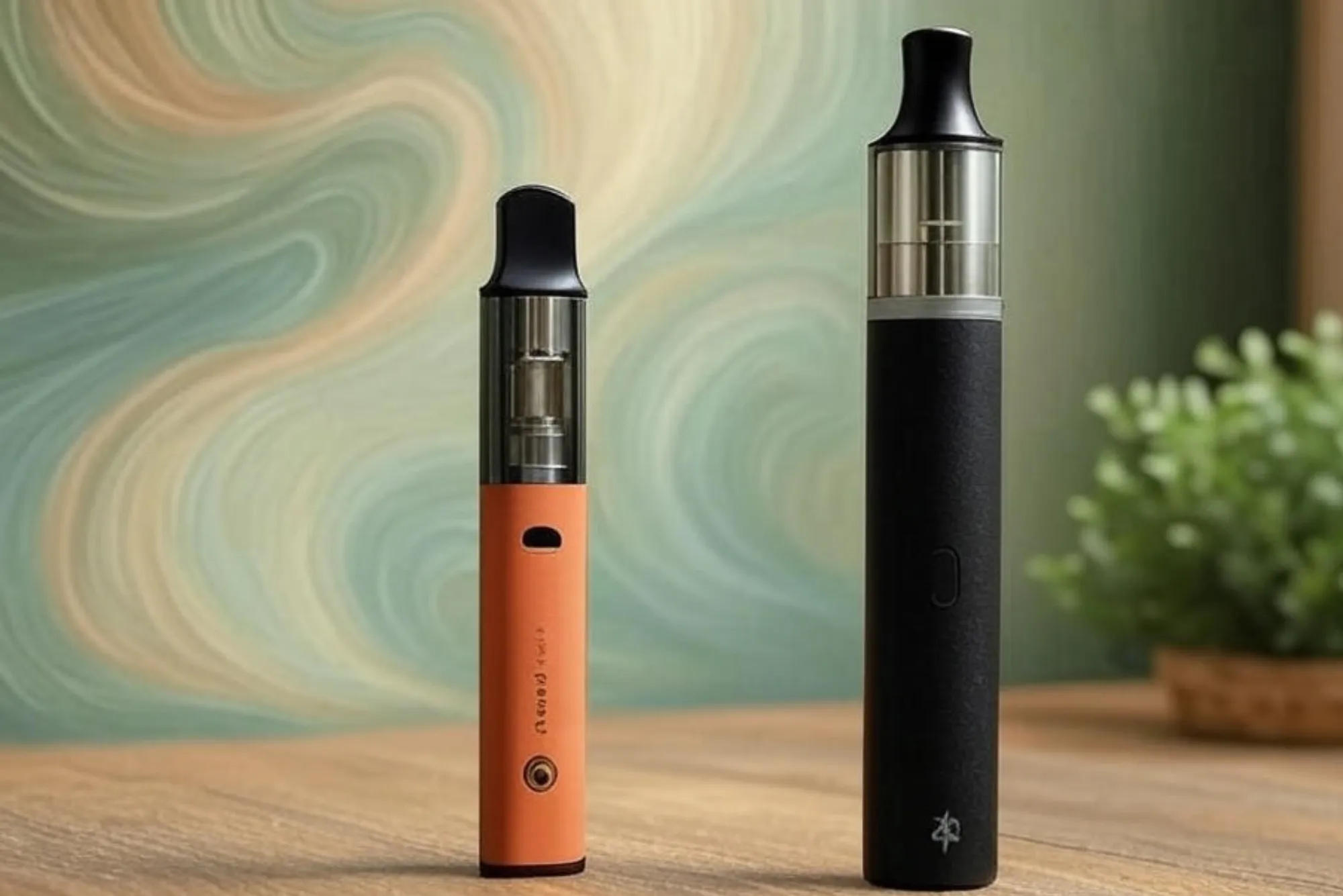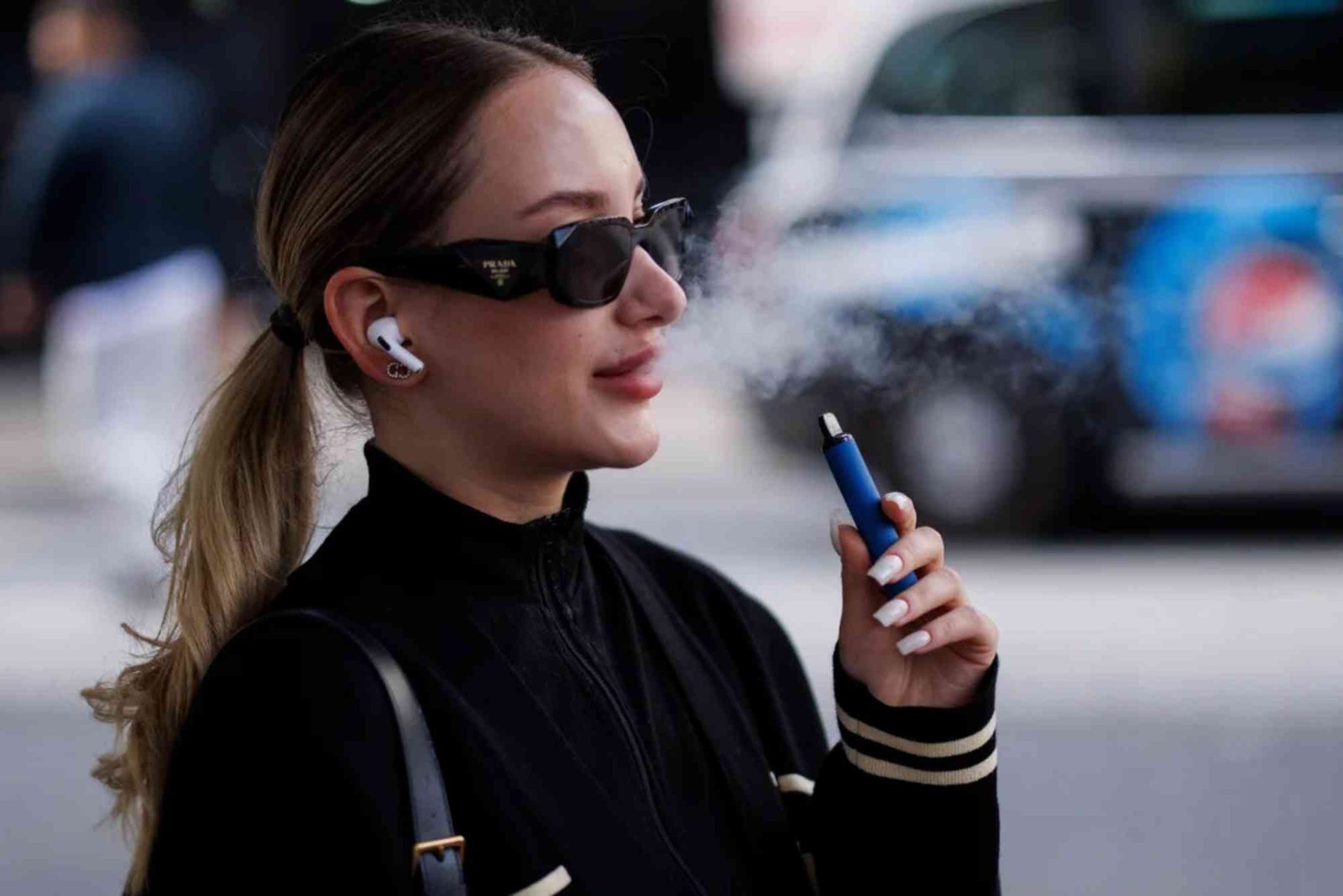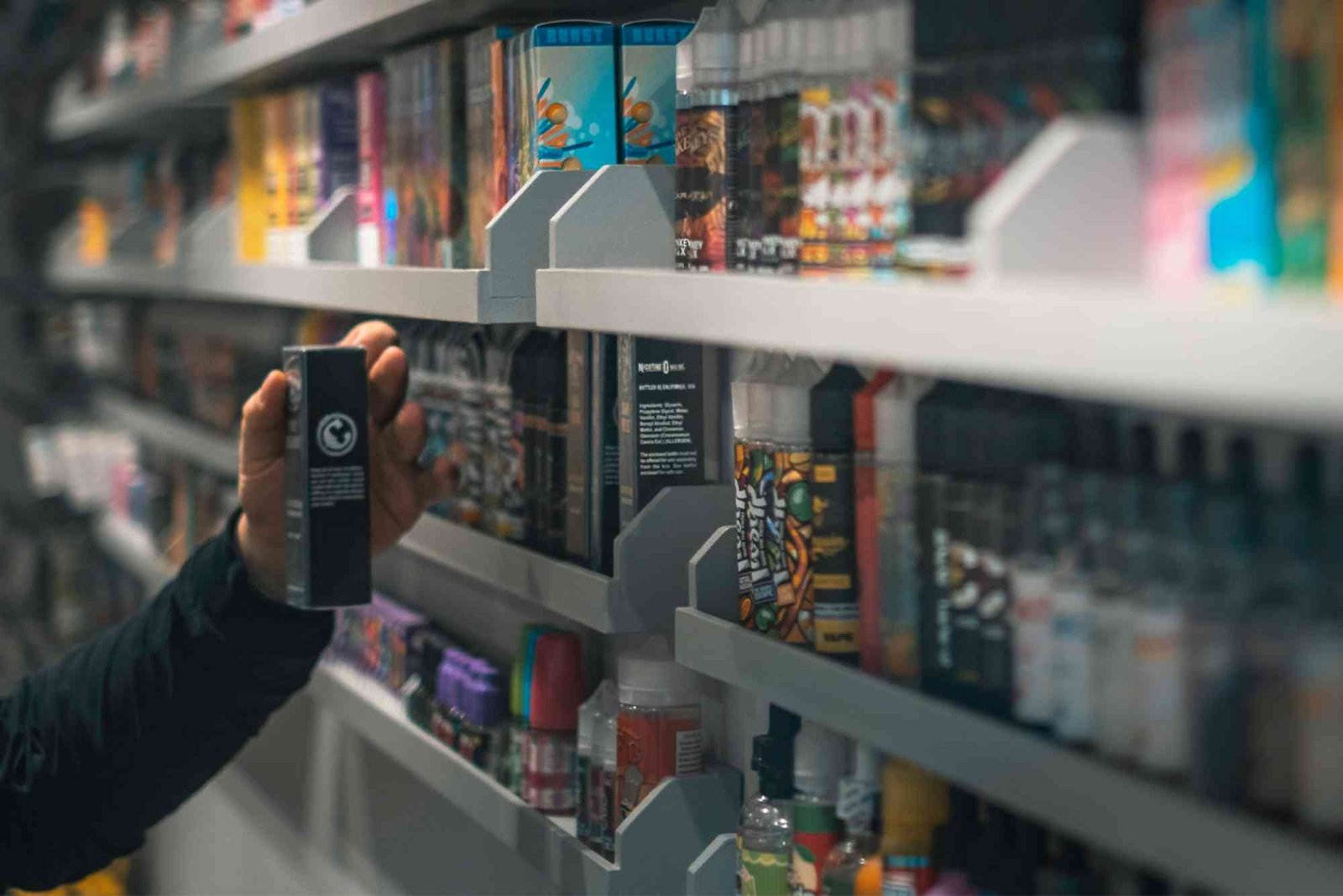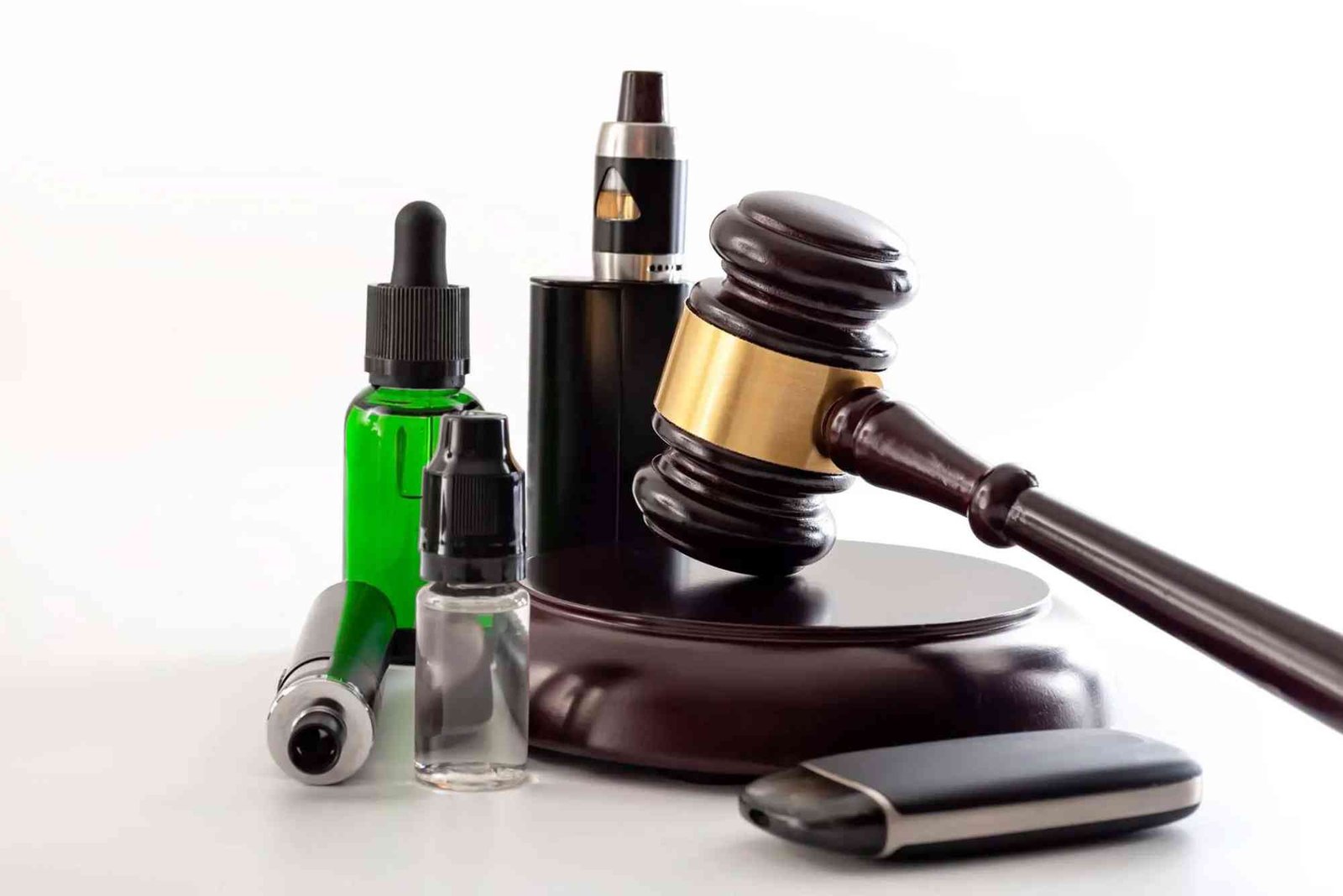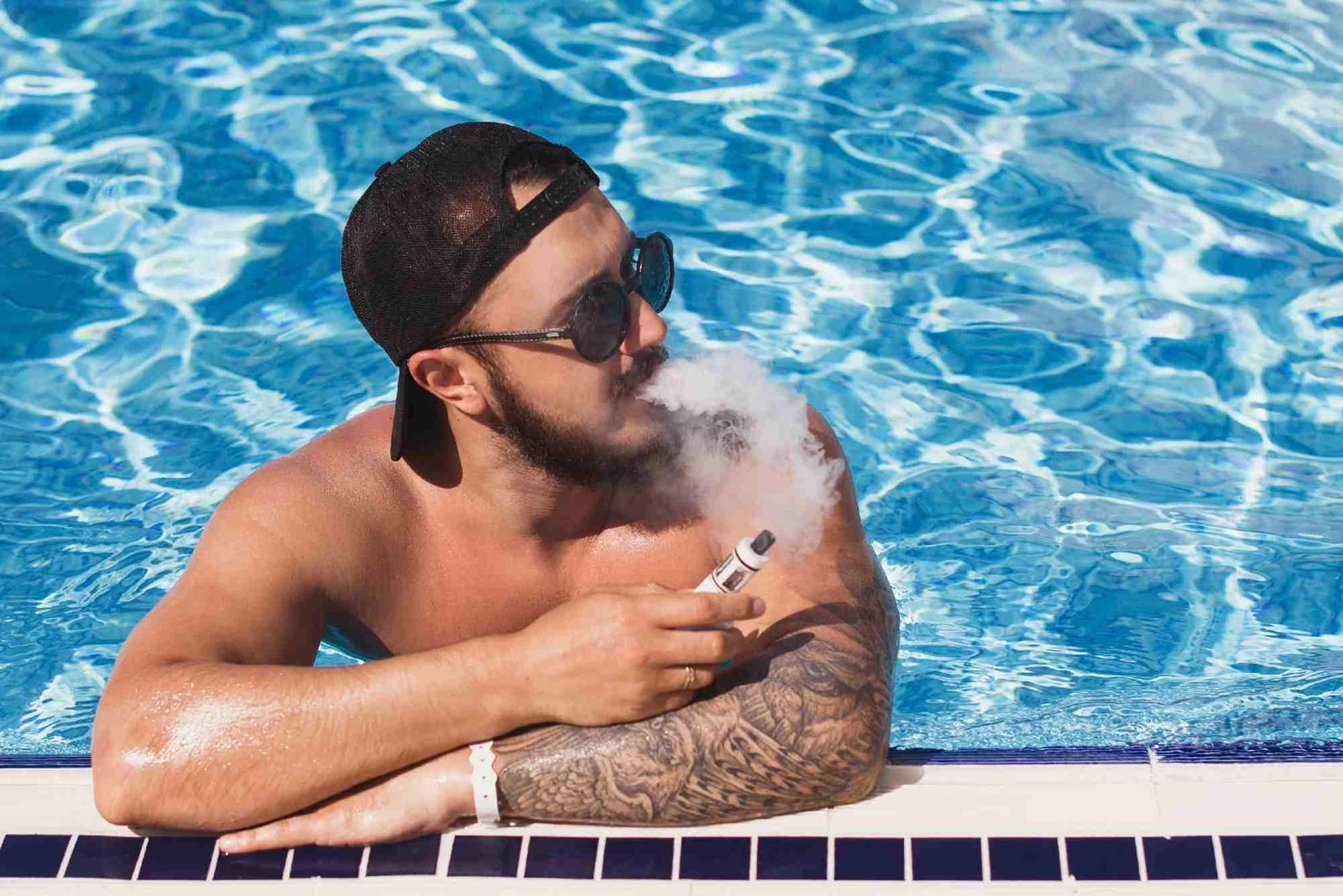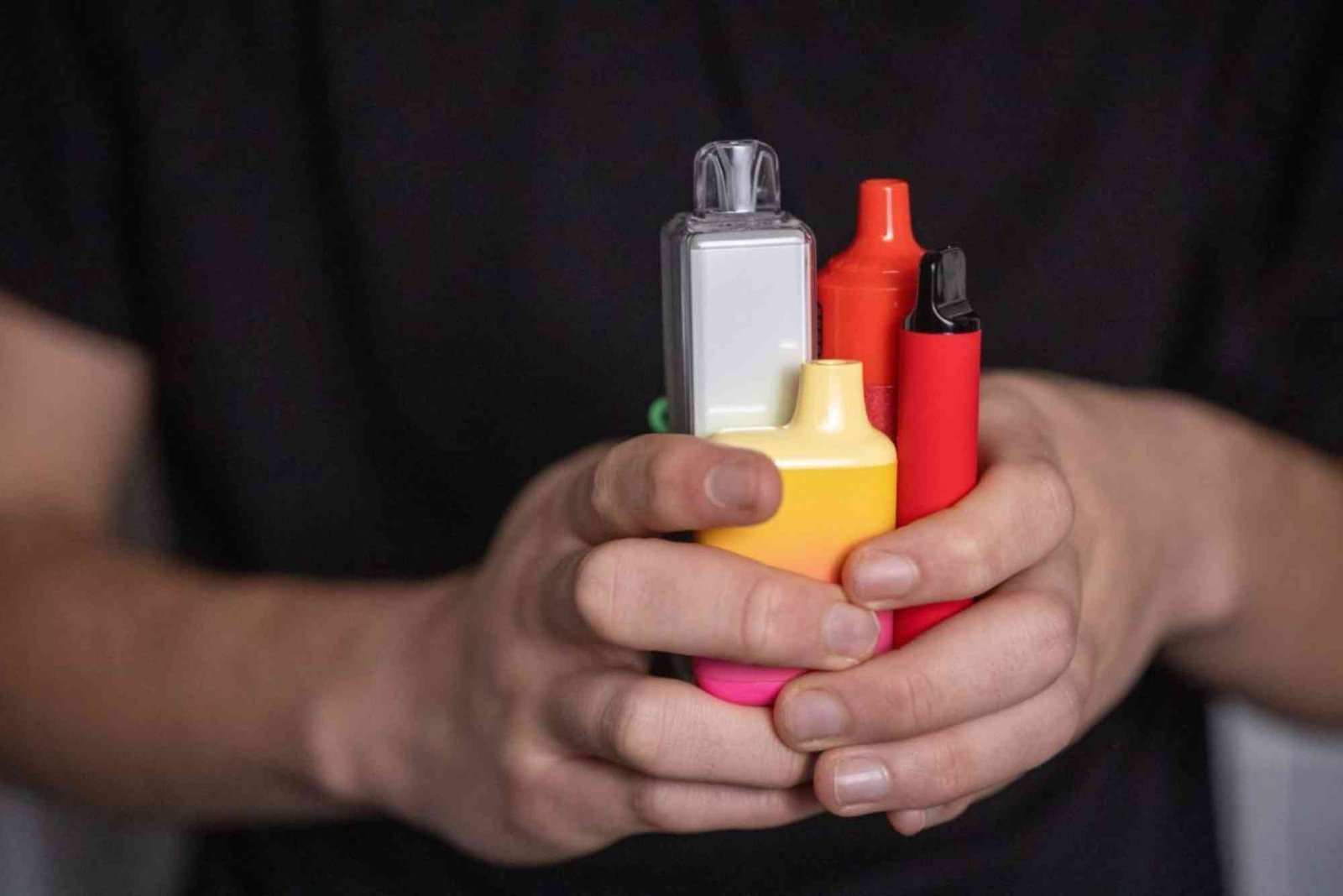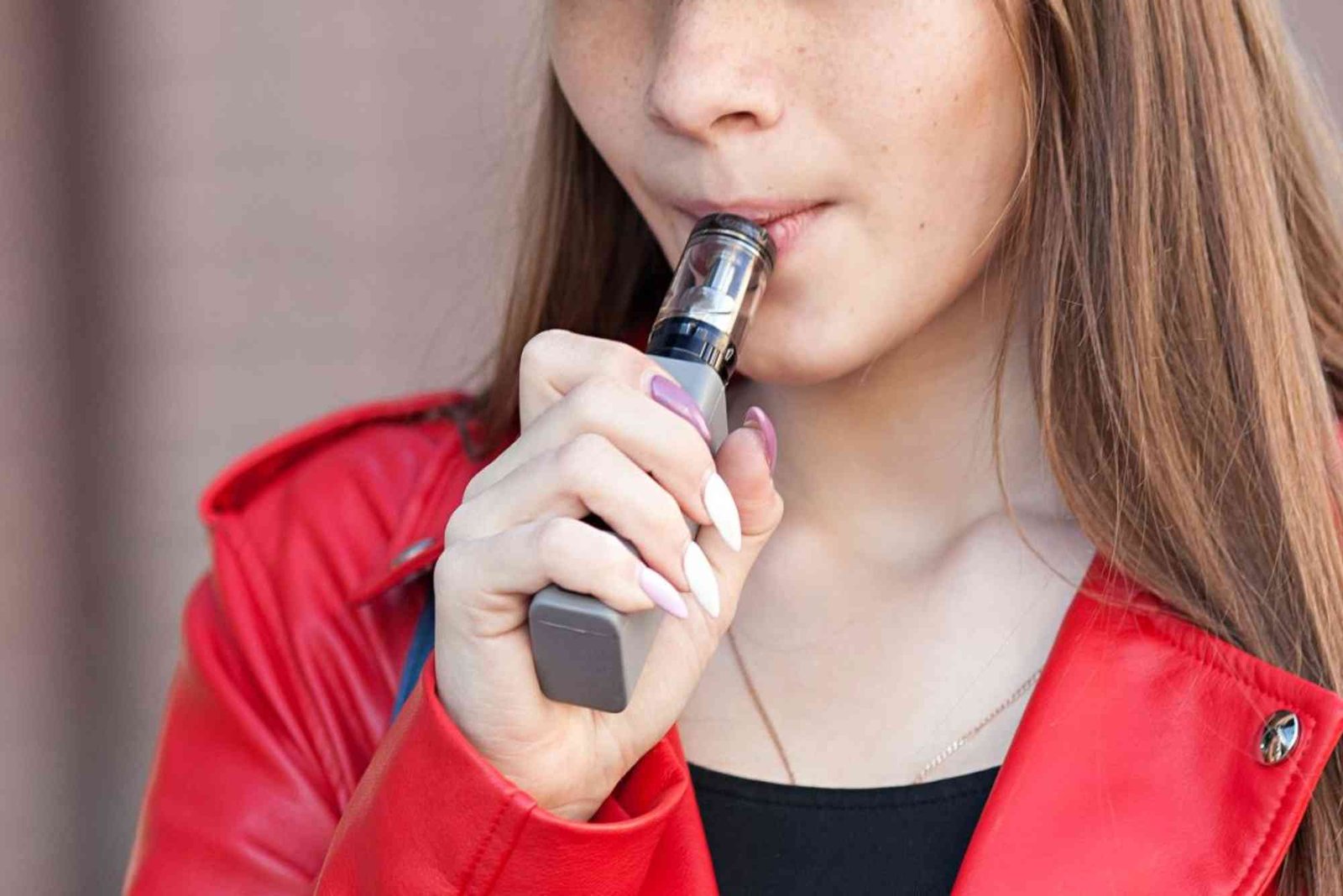Should Vapers Worry About FDA Vape Laws 2017?
The vaping industry has been evolving quickly, but one of the biggest turning points came with the FDA vape laws 2017. These regulations introduced new rules that affected manufacturers, sellers, and everyday vapers across the United States. Many people still wonder what those laws really meant and if they should be concerned even years later. Understanding these rules can help you navigate the legal landscape of vaping, whether you are a consumer, retailer, or manufacturer.
Understanding FDA Vape Laws 2017
The FDA vape laws 2017 were part of what is known as the “Deeming Rule.” This rule extended the FDA’s authority to regulate e-cigarettes, vape devices, and e-liquids the same way it regulates traditional tobacco products. Prior to these laws, the vaping industry operated in a relatively unregulated environment. The new rules were designed to bring consistency, but they also raised concerns about innovation and accessibility.
Key Components of the FDA Vape Laws 2017
The FDA vape laws 2017 introduced several important requirements. First, manufacturers were required to submit their products for approval through the Premarket Tobacco Product Application (PMTA) process. Without approval, a product could not legally remain on the market. Second, all vape products were restricted from being marketed as “safer” alternatives to smoking unless specifically approved. Third, retailers were prohibited from selling vape products to minors under the age of 18, and later under 21.
Another key rule involved labeling and health warnings. E-liquids and vaping devices had to display nicotine warnings, similar to cigarette packs. This change was intended to alert consumers to potential health risks. The FDA also banned free samples of vape products, a move designed to limit youth access.
How These Laws Impacted Vapers
For consumers, the FDA vape laws 2017 brought both clarity and challenges. On one hand, the regulations ensured that products were subject to safety checks and consistent labeling. On the other hand, the approval process made it harder for smaller brands to stay in business, which reduced the variety of vape products available in the market.
Availability of Products
The PMTA process was expensive and complex. Many small vape companies could not afford the costs, which meant some popular e-liquid flavors and devices disappeared from the shelves. This left consumers with fewer choices and sometimes higher prices. Larger tobacco companies, with more resources, were better positioned to comply, leading to a shift in market dominance.
Restrictions on Flavors
While the 2017 laws did not immediately ban flavors, they set the stage for future flavor restrictions. Concerns about youth vaping led to increasing pressure on the FDA to regulate flavors more strictly. Many vapers worried about losing access to flavors they preferred as alternatives to smoking.
Age Restrictions and Accessibility
The new minimum age requirements changed the way vape products were sold. Retailers faced stricter penalties for underage sales, and online stores had to implement stronger age-verification systems. For adult vapers, this made purchasing slightly more complicated but ensured greater control over youth access.
Impact on Vape Businesses
The FDA vape laws 2017 reshaped the entire vape industry. Businesses had to adapt quickly to remain compliant.
Cost of Compliance
Submitting a PMTA could cost millions of dollars per product. For large companies, this was manageable, but for smaller vape shops and e-liquid brands, it was nearly impossible. Many businesses closed down or reduced their product lines. This consolidation gave larger corporations more influence over the market.
Marketing Restrictions
The FDA also imposed strict marketing limitations. Vape companies could not advertise their products as healthier alternatives to smoking without FDA approval. This made it difficult to communicate the potential harm-reduction benefits of vaping compared to cigarettes, even though many studies suggested vaping was less harmful.
Retail Adjustments
Retailers had to train staff, implement new ID-checking systems, and comply with new labeling requirements. For brick-and-mortar vape shops, this meant increased operational costs and tighter margins.
Why FDA Vape Laws 2017 Still Matter Today
Even though these rules were introduced years ago, they continue to influence the vaping landscape. The FDA has built upon the 2017 laws with additional restrictions, especially around flavored e-liquids. For vapers, staying informed about these rules is important because they determine what products are available and how they can be purchased.
The Role of the PMTA
The PMTA remains a central requirement. Many products on the market today are still awaiting FDA approval. This means that the availability of certain devices or flavors could change suddenly depending on the agency’s decisions. For consumers, this uncertainty can be frustrating.
Youth Vaping Concerns
The FDA continues to emphasize preventing youth access to vaping products. This focus has led to stricter enforcement and flavor bans in some regions. While adult vapers often prefer flavors to help quit smoking, regulators argue that fruity or sweet flavors attract younger users. This ongoing debate keeps the laws in the spotlight.
Market Evolution
Because of the laws, the vape industry has shifted toward fewer but larger players. Independent vape shops still exist, but they face constant pressure to remain compliant. Consumers may notice that the range of available products is narrower than before 2017.
Should Vapers Be Worried?
The answer depends on perspective. For everyday adult vapers, the FDA vape laws 2017 do not mean that vaping will disappear. However, they do mean that choices are more limited, and the products that survive must go through a rigorous approval process. This ensures safety but reduces diversity. For those who rely on certain flavors or smaller brands, the laws could affect availability. If a product is not approved, it may be taken off the market. Prices may also rise due to compliance costs.
On the positive side, regulations mean that the products that remain are more likely to meet safety standards. Consumers can feel more confident that what they are vaping has been reviewed for consistency and labeling accuracy.
What Vapers Should Do Now
The FDA vape laws 2017 marked a turning point for vaping in America. They introduced necessary regulations but also created challenges for both businesses and consumers. Vapers today should stay informed about new FDA rulings, be prepared for changes in product availability, and support responsible businesses that comply with regulations.
If you are an adult who vapes, focus on using approved, trusted products from reputable sources. Keep up with updates from the FDA and advocacy groups to understand how the laws may evolve. While restrictions can feel limiting, they are also meant to ensure safety and transparency in the market. For those who value vaping as an alternative to smoking, the key is to remain adaptable and informed. Regulations will continue to shape the future of the industry, but vaping itself remains a viable option for many adults seeking harm reduction.
Frequently Asked Questions
What did the FDA vape laws 2017 change?
They extended FDA authority to vaping products, requiring premarket approval, banning sales to minors, mandating nicotine warnings, and restricting free samples.
Why are flavors controversial under FDA vape laws?
Flavors are popular among adult vapers but criticized for attracting youth. The FDA continues to debate how to balance these concerns.
Did the 2017 laws ban vaping outright?
No. They did not ban vaping but required companies to seek approval for their products, making it harder for smaller businesses to compete.
How do the laws affect vapers today?
They influence what products are available, restrict marketing claims, and enforce age verification. Flavored products remain under scrutiny.
Will FDA vape laws become stricter in the future?
It is possible. The FDA continues to monitor youth vaping rates and public health data, which could lead to further restrictions.


